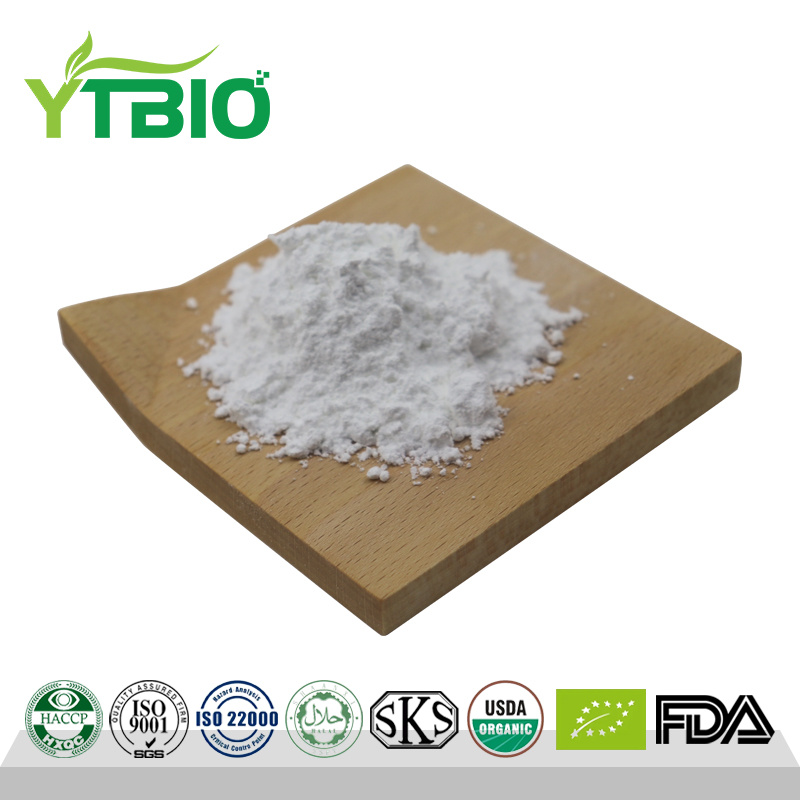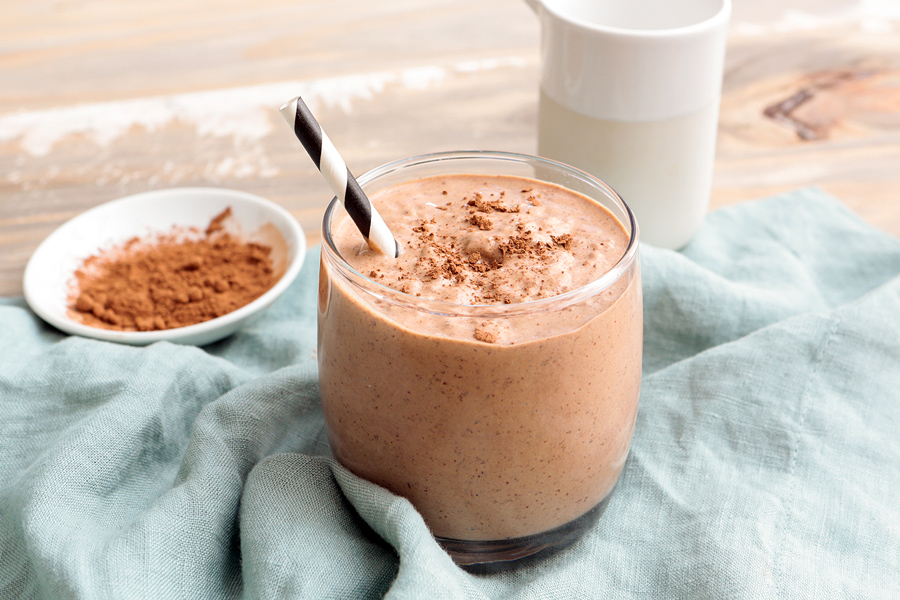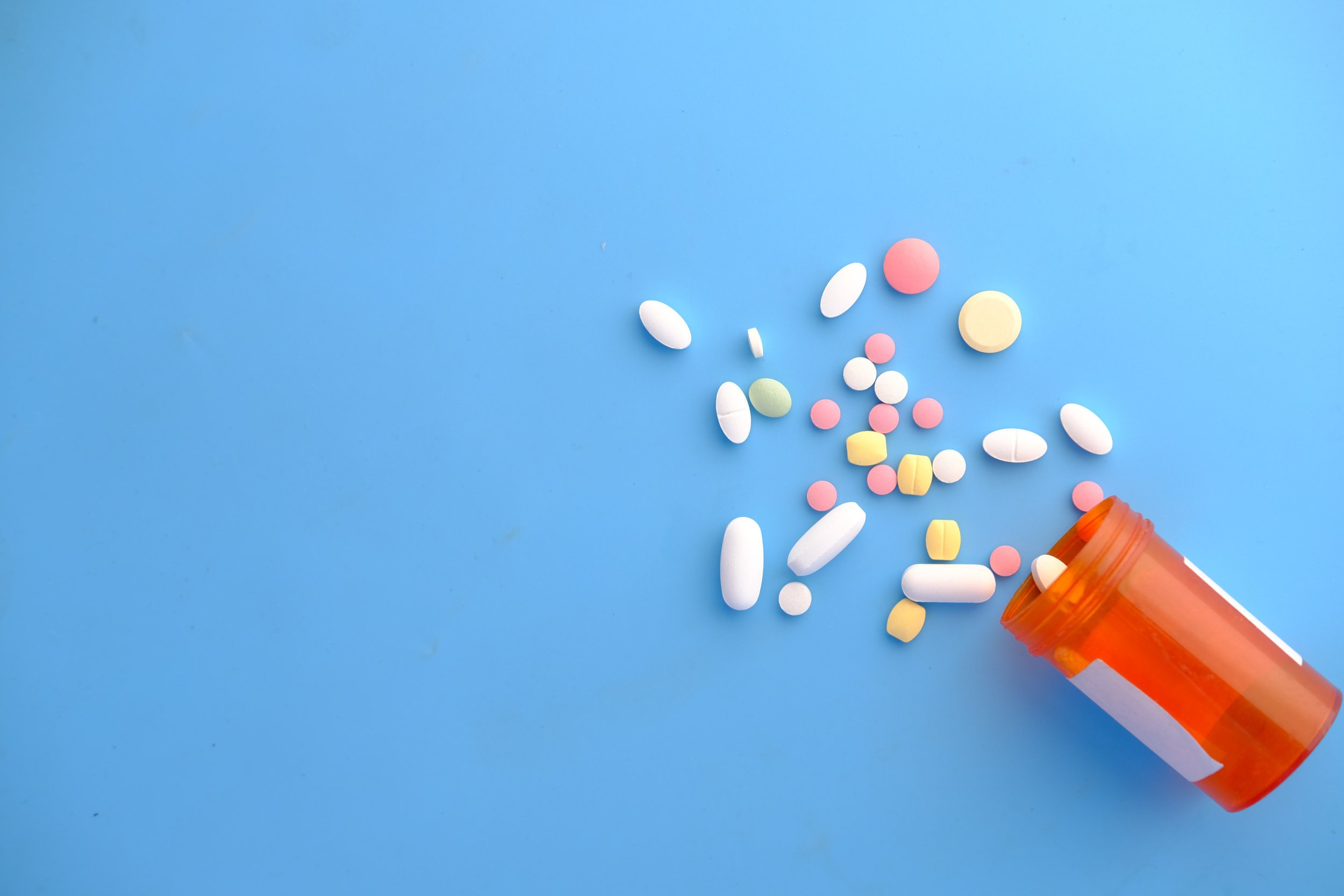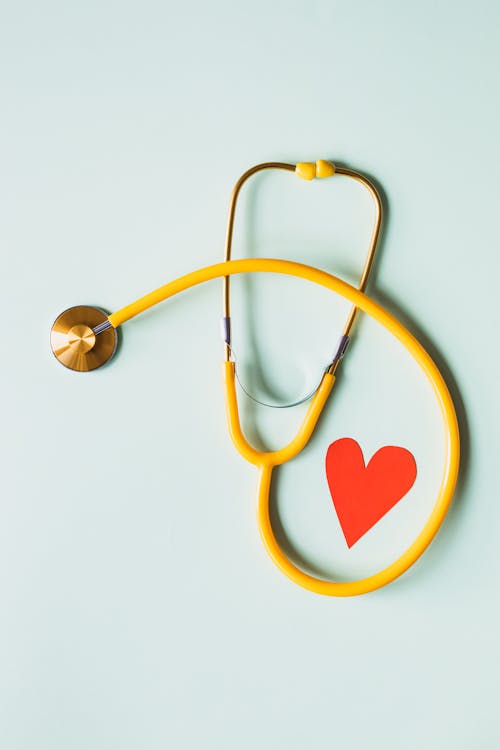In recent years, London has emerged as a global destination for cosmetic and reconstructive surgery. From subtle enhancements to full-body transformations, patients across the UK—and beyond—come to the capital in search of trusted, highly qualified plastic surgeons.
Whether you’re considering rhinoplasty, breast augmentation, facelifts, or non-surgical treatments, it’s essential to choose a professional with both medical expertise and aesthetic sensibility.
We’ll explore what sets London’s plastic surgeons apart, which areas are known for elite practices, and how to find the top plastic surgeons in London using verified sources.
Why Choose a Plastic Surgeon in London?
London’s healthcare sector is one of the most advanced in the world, and cosmetic surgery is no exception. Here’s why many patients specifically seek surgeons in London:
- World-Class Training – Many surgeons in London are trained by or affiliated with institutions like the Royal College of Surgeons and have international experience.
- Access to Innovation – Clinics in London often adopt the latest technologies, from robotic-assisted surgery to advanced laser treatments.
- Wide Specialization – Whether it’s body contouring, reconstructive microsurgery, or gender-affirming procedures, you’ll find a specialist who’s highly focused.
- Discreet, High-End Clinics – Many private clinics offer luxury environments, confidentiality, and personalized aftercare.
What to Look for in a Plastic Surgeon
Choosing a surgeon is a personal decision—but there are several universal factors to prioritize:
- GMC Registration – Ensure the surgeon is registered with the General Medical Council and is a member of BAAPS or BAPRAS.
- Before-and-After Gallery – Genuine, consistent results are the best indicator of quality.
- Transparent Consultations – Ethical practitioners won’t rush you into procedures and will always explain risks.
- Patient Reviews – Verified testimonials offer insight into bedside manner, recovery support, and aesthetic outcomes.
- Follow-Up and Aftercare – Top clinics include post-op support, medication guidance, and check-ins.
Best Areas in London for Plastic Surgery Clinics
London is filled with reputable clinics, but these neighbourhoods are particularly known for plastic and cosmetic surgery:
- Harley Street (Marylebone) Plastic Surgeons – The UK’s most prestigious medical district, home to top-tier consultants.
- Kensington & Chelsea – Luxury-focused clinics offering privacy and premium service.
- Knightsbridge – Known for high-end facial aesthetics and anti-ageing treatments.
- Canary Wharf – A growing hub for professionals seeking convenience and modern technology.
- Fulham & Richmond – Emerging practices with family-friendly settings and personalized care.
Popular Procedures in London (2025)
Demand continues to rise for both surgical and non-surgical options:
Surgical:
- Rhinoplasty (nose reshaping)
- Breast augmentation/lift/reduction
- Tummy tuck (abdominoplasty)
- Liposuction
- Blepharoplasty (eyelid surgery)
- Facelift and neck lift
Non-surgical:
- Botox and fillers
- Laser skin resurfacing
- Profhilo and skin boosters
- PRP (platelet-rich plasma) therapy
Many surgeons now offer combination treatments to enhance results while reducing recovery time.
Where to Find the Best Plastic Surgeons in London
Rather than relying on paid ads or clinic marketing alone, it’s wise to use an independent healthcare directory that features verified reviews, practitioner credentials, and search visibility.
This London plastic surgeons list showcases trusted professionals with real feedback from patients. Doctorshire members include photos, procedure focus, and clinic location, allowing you to compare options in minutes.
This directory doesn’t just list surgeons—it helps you make informed decisions with transparency, rankings, and real-world experiences from other patients.
Why Verified Reviews Matter
With rising interest in cosmetic procedures, it’s more important than ever to filter out hype and focus on authentic experiences. The best surgeons may not always have the flashiest websites—but they’ll have:
- Detailed patient feedback
- Consistent results
- Ethical communication
Platforms that collect and publish verified patient reviews help patients find genuine, trustworthy care and avoid risky or oversold procedures.
Making the Right Choice
Don’t rush the process. Schedule consultations with multiple clinics. Prepare questions in advance. Review before/after images of real patients—not just idealized results. And always ensure you feel comfortable with the surgeon and their team.
Remember, cosmetic surgery is still surgery. Safety, skill, and trust come before price or appearance.
Final Word
London offers an unmatched concentration of cosmetic excellence, but navigating your options can be overwhelming. Whether you’re a first-time patient or seeking a specialist for revision surgery, take your time, do your research, and rely on tools that prioritize transparency and trust.
For a curated, up-to-date list of top plastic surgeons in London, verified by real patient reviews and SEO visibility, visit the directory and explore your options today.
Looking for confidence in your next cosmetic journey?
Start by comparing London’s leading plastic surgeons at Doctorshire and make your move with clarity and trust.











